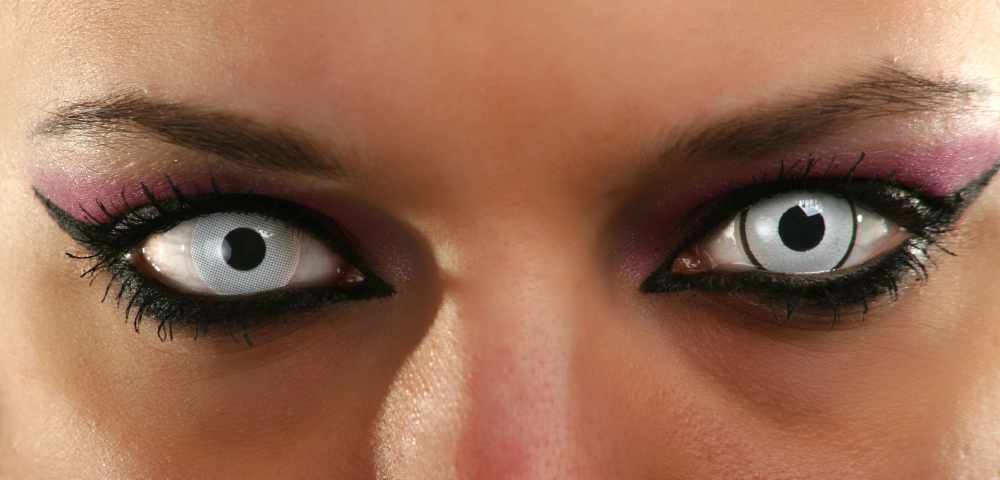 |
| Visit Connie's BWL Author page for book information and buy links |
Is
it too soon for Eggnog Latte? I asked myself while driving to the gym, the
Hallmark station jingling joyful Christmas songs via Sirius Radio.
I
recalled a tweet and chuckled. “The
eggnog latte was the only thing keeping me from beating people during the
holidays. Please bring it back!” tweeted GeekyLady. In 2014.
While
I am not now, nor have I ever been so inclined—even when I was a fragrance
consultant (think: test PH levels and find perfect signature fragrances; not
the spray unsuspecting clients upon entrance to the shop). Not when the shop
stayed open until 12:30 am and staff custom wrapped each gift with
hand-fashioned bows and designer gift paper in a back room about the size of a
side-by-side refrigerator.
However,
I love my eggnog latte and gingerbread latte (no whip on both) from Starbucks
and Christmas music.
So,
when do our readers like to snuggle under a quilt, or here in SoCal, or under a
light-weight throw and read a holiday romance?
Is
November too soon?
Writers,
when plotting your holiday romance novel, to you begin in the middle of summer
with the a/c blasting or do you wait until Fall?
I
write my holiday novels during the season.
Yep, Christmas novels now.
I
bake. I shop. I indulge in assorted crafts.
And yes, I drive to Starbucks—but not daily, for heaven sake. I am thrifty-- I’m saving for Christmas gifts
after all; and must watch the calories too.
Confession:
I have been known to fake my Eggnog
latte. I purchase the low-fat eggnog and
add it warmed up a bit into my home brewed coffee. My copy-cat gingerbread latte includes gingerbread
seasoning and a trickle or two of molasses and creamer into my coffee.
Obviously,
I have a great deal of distractions 😊.
To
get me started I will often journal with a few writing prompts (yes, pen to
paper because it activates a part of the brain where creativity resides).
·
Pretend you have been given a baby reindeer
to raise. Write about what you will do to take care of it. What challenges will
you have to overcome?
- Write about the perfect Christmas Day. Include
plenty of details.
- Character A vows to do something nice for a stranger
during the Christmas time. Character B is that stranger.
Since
I write n multiple genres and cross-genres, my stories will often include a
holiday without the holiday being the primary theme of the story.
Both
“Brede” and “Here Today, Zombie Tomorrow” include the Christmas season without
holiday being the theme of the entire storyline.
What
is your favorite holiday setting? What
is there about a holiday romance that makes it special for you?
Share
your favorite holiday memory with me. Or
your favorite holiday cookie recipe.
If
you have young children/grandchildren you might like to share a joke or two.
Here
are a few of my holiday favorites 🎅 🎄
Q: What do you get when you cross a snowman with a vampire?
A: Frostbite.
Q: What do snowmen like to eat for breakfast?
A: Frostbite.
Q: What do snowmen like to eat for breakfast?
A:
Frosted Flakes!
Q:
What did the gingerbread man put on his bed?
A: A cookie sheet.
If
you are looking for a few new holiday recipes to bake and share, you may wish
to visit my Pinterest account:
novelsbyconniev . I have a wonderful recipe for eggnog Bundt cake and
gingerbread recipes galore!
Visit
my website: www.novelsbyconnievines.com for links, book trailers, and more. Don’t forget to enter the contests and
giveaways here at the BWL website!
Wishing
you a joyous Holiday Season filled with BWL ebooks!























































